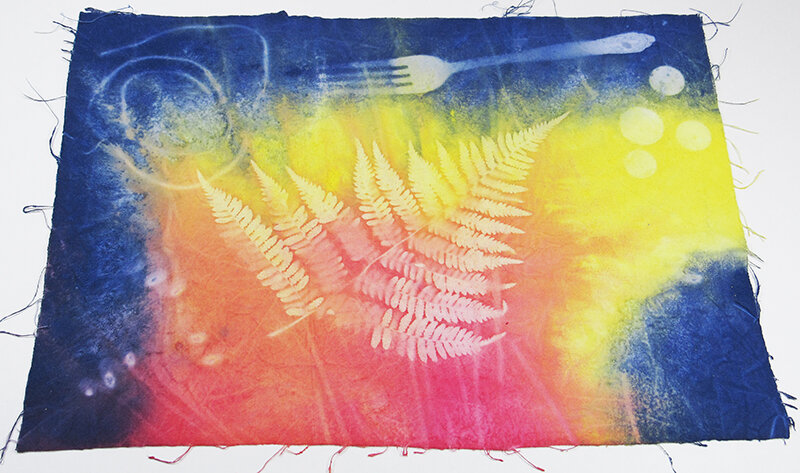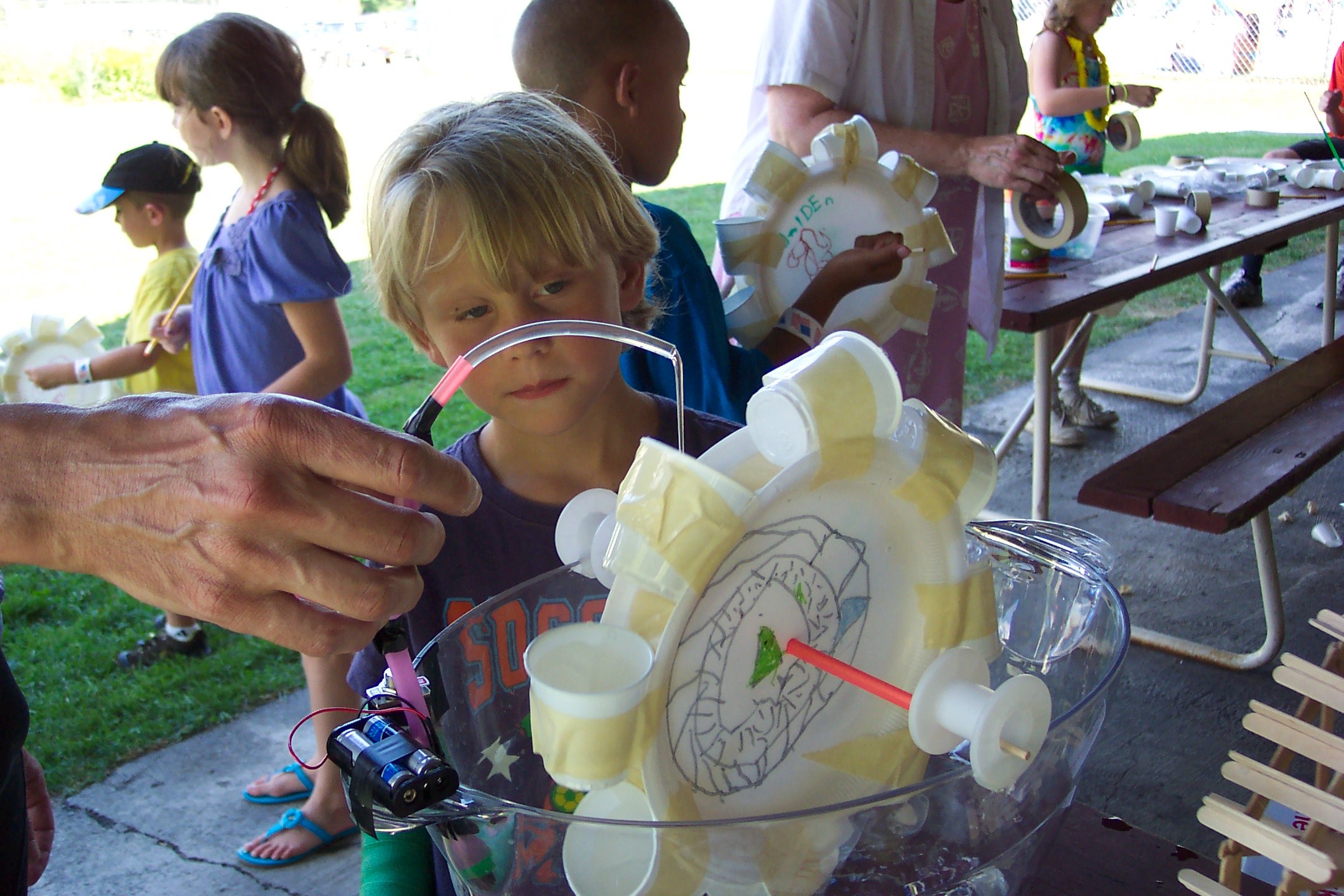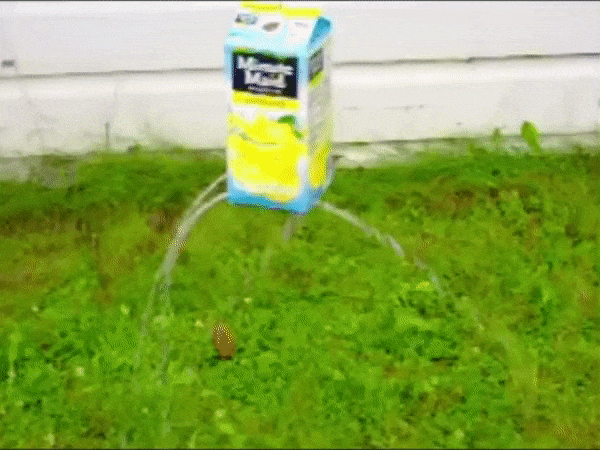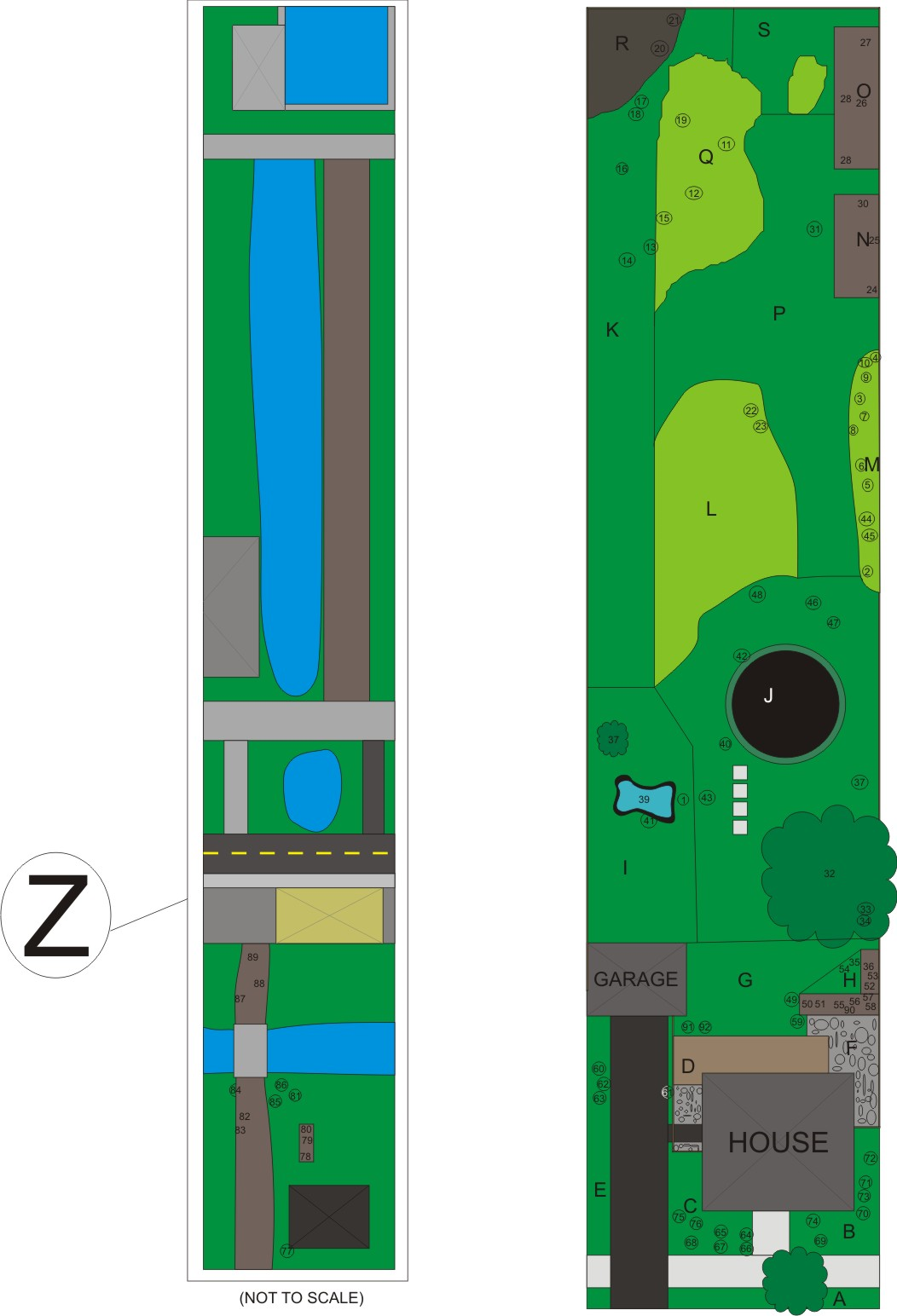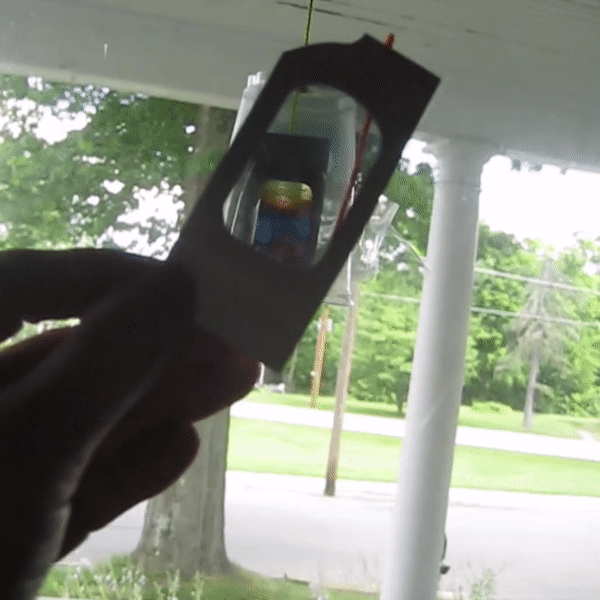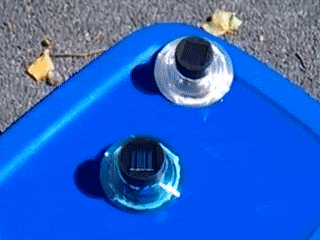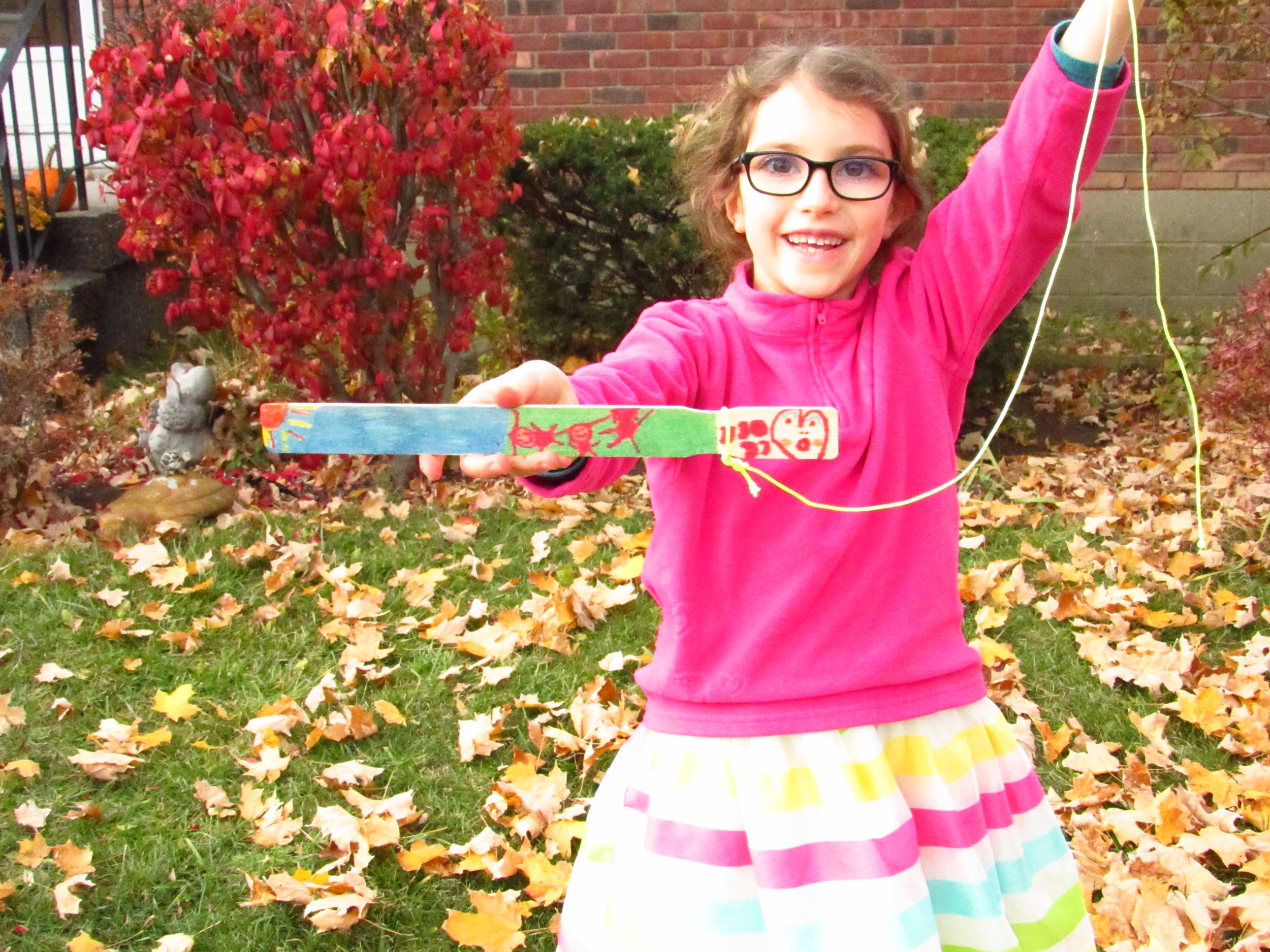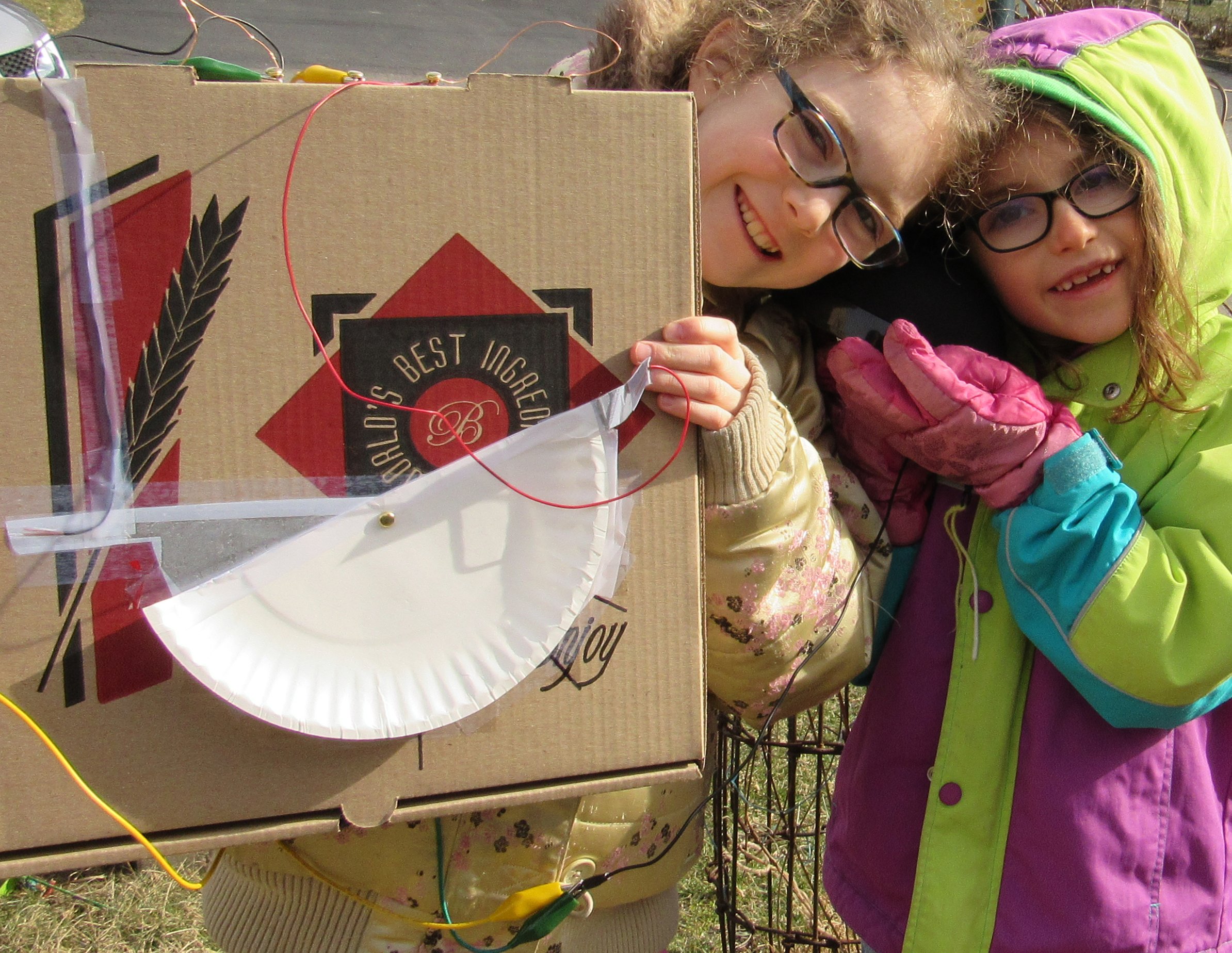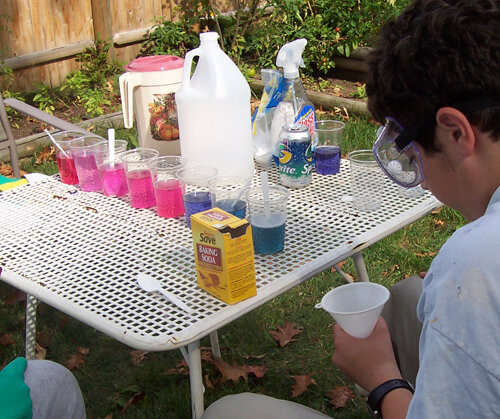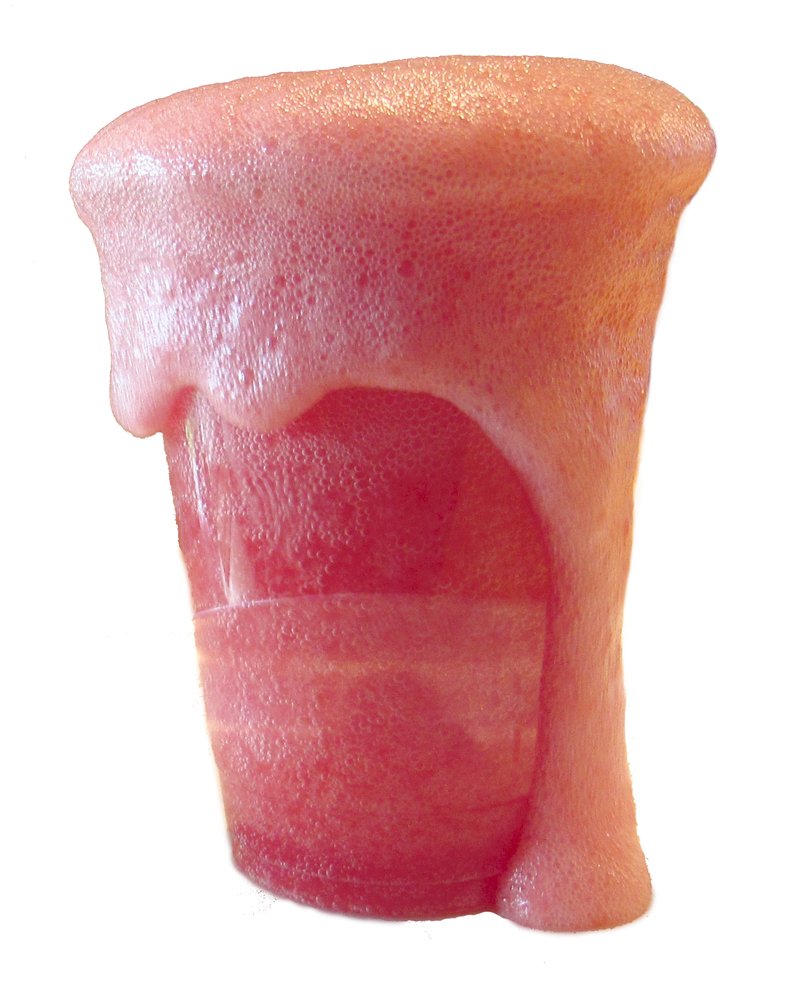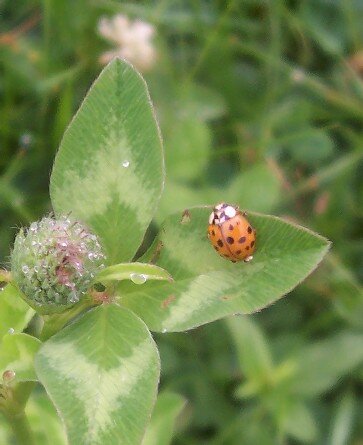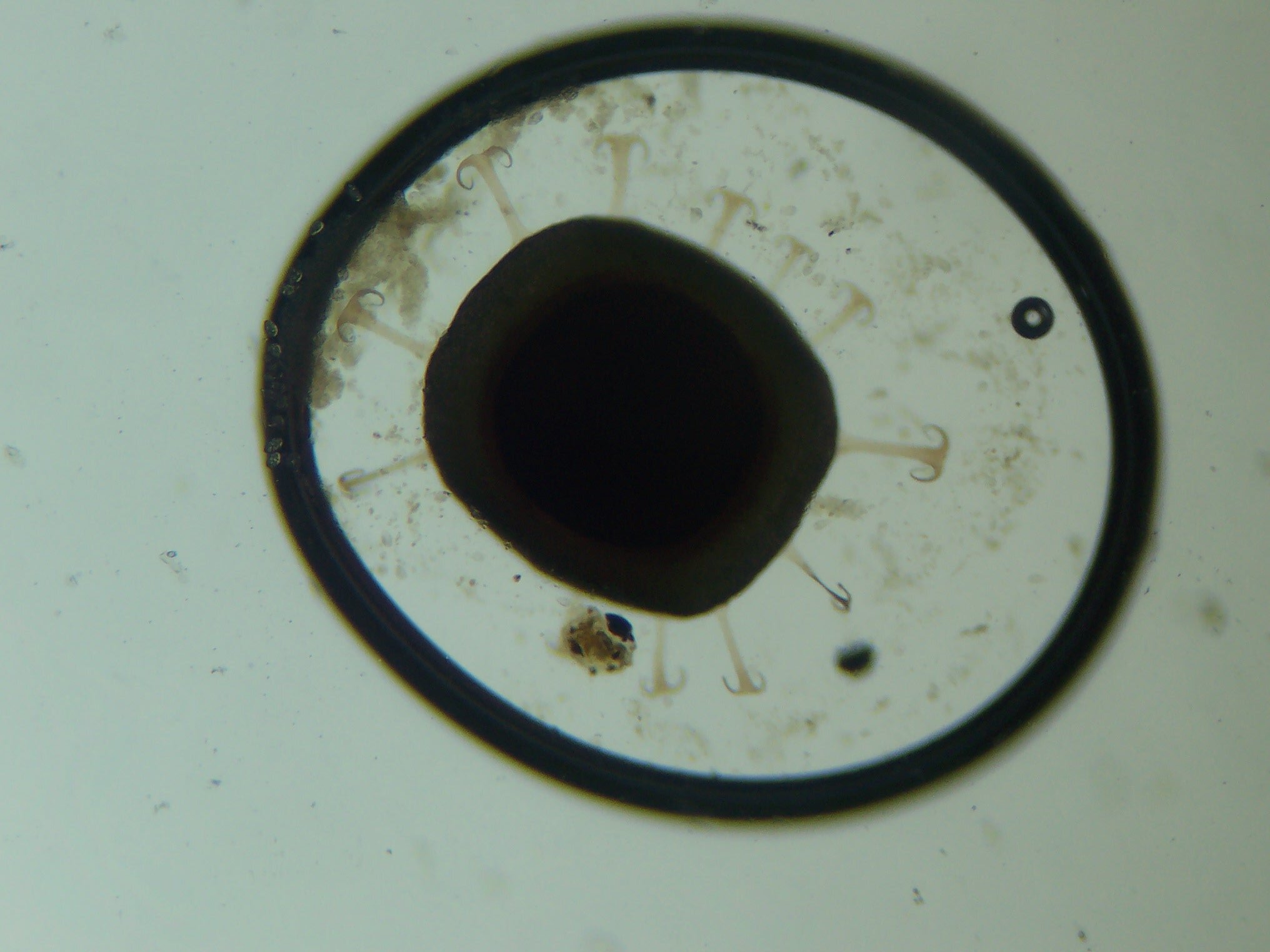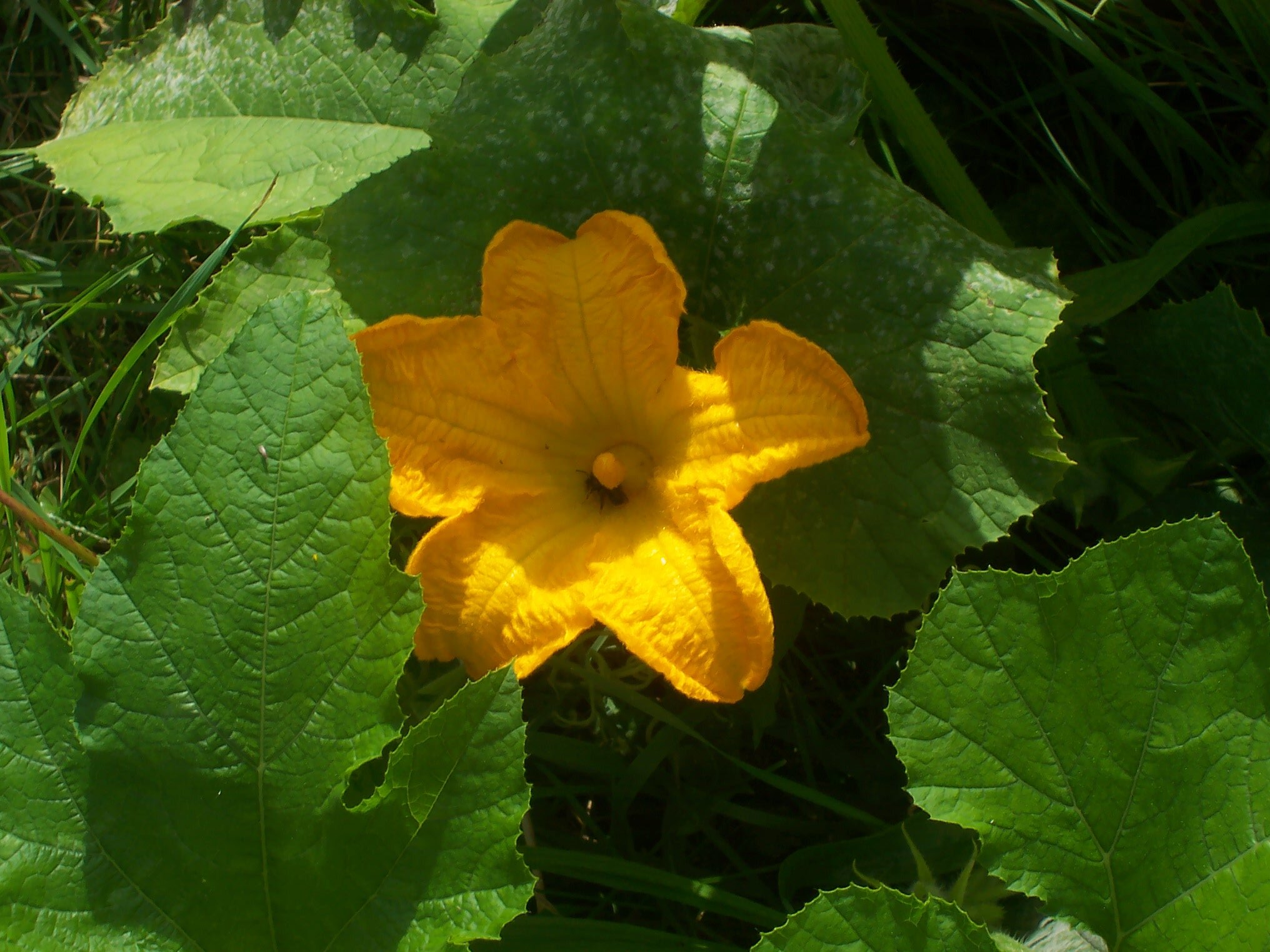In the old days, classroom teaching materials meant texts and workbooks. Nowadays, it might mean an online curriculum.
But there are plenty of hands-on learning tools that give kids a deeper experience by engaging more than just their eyes and ears – and allowing for creativity in the results!
Many activities can be done with just the materials you already have on hand. You can find suggestions for how to do them in books (including mine!) and on parenting blogs (mine are here ) for use at home. For example, my post on Nature Schooling shows you how to build a curriculum around backyard observation.
Also check out resources aimed at classroom and informal educators, such as Instructables (free, with contests for best inventions!) and Teachers Pay Teachers.
The kits and special supplies mentioned here are available through educational retailers, toy sellers, and local stores. For many, you can find teacher guides that show you how to do one project or build a unit or even a complete course around the materials.
To get you started, I’ll be sharing some suggestions for teaching STEM subjects – Science, Technology, Engineering, and Math – without a textbook. Keep in mind, many activities and supplies can be used to touch on a variety of subjects, all at the same time, or when used in different ways. First up — science!
At-Home Science Resources
At-home science activities go way beyond baking soda and vinegar volcanoes. We’ve measured the pH of learned laboratory techniques breaking down aspirin tablets into their component chemicals, experimented with the state of matter called plasma (a kind of electrified gas) by cooking grapes in a microwave, and proved that light is both a wave and a particle with a laser pointer and Styrofoam cup.
You can find many of my at-home science experiments in my books, and I’ll be updating my old science blogs over the coming weeks.
That said, if science is a weak area for you, or if you can’t pull together all the materials you need, science kits are a great way to go. Be careful what you pick -- some kits don’t always work, are hard to figure out, or ask you to provide so much yourself that they’re barely worthwhile. Here are a few science companies that get great reviews from kids, parents, and educators:
Kiwi Crate is a subscription box that includes everything you need to do one project each month. The kits are well-built and come with clear instructions. The company also produces lines for older and younger kids on themes including making, engineering, and crafts.
ScienceWiz can be found in books-plus-kits are sold in the toy section of major stores, but their quality is much higher than some flashier-looking products. My kids built a working AM radio from the Inventors Kit that we still talk about to this day.
Steve Spangler is known as a TV science showman best known for popularizing the Diet Coke and Mentos demonstration, but he also creates kits, videos, and instructions to help you do experiments at home.

